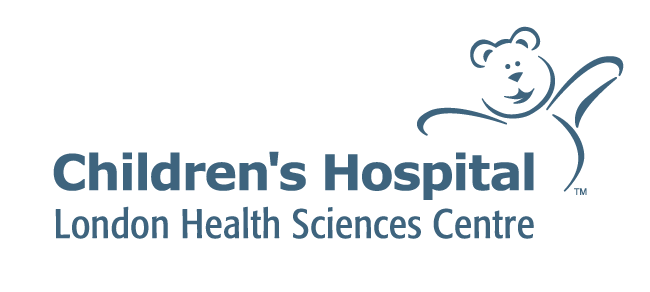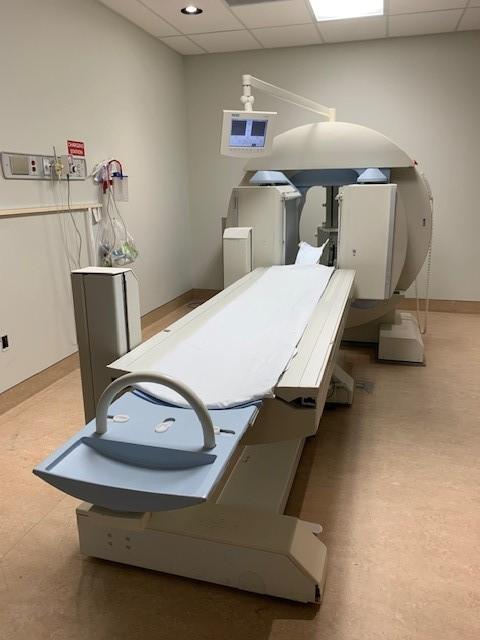Single Photon Emission Computed Tomography (SPECT) scan is a type of nuclear imaging test that shows how radioactive tracers flow to tissues and organs. In epilepsy, this test is used to look at how the blood flows through the brain. The SPECT scan shows changes in blood flow during or in-between a seizure. This information can show doctors information about the location of seizures and whether they are contained in certain areas in the brain.
A SPECT scan takes an image of the distribution of a radioactive material (tracer). The tracer is what allows the doctor to see how the blood flows and visualize any accumulation.
There are two types of SPECT scans:
- Ictal SPECT scans occur during the epileptic seizure
- Inter-Ictal SPECT scans occur between seizures
Procedure:
Children who are potential epilepsy surgical candidates may require this testing for further information to see where the seizures are coming from in the brain. Epileptologists will order a 5 night video EEG admission to the Paediatric Epilepsy Monitoring Unit (PEMU) to complete this test. Once the EEG leads are placed and the child admitted to B6-200 where an IV will be inserted. On the Tuesday morning, a member of the Paediatric Epilepsy team will go over all of the details of the test and will stay with the child for the morning. This can procedure needs to be completed within 4 hours as the tracer, once drawn up is only good for 5 hours. Once a seizure occurs, the tracer will be injected into the IV during the seizure and then flushed with normal saline. After the tracer makes it way to the brain, the child (along with their caregiver) will be taken to the Nuclear Medicine department for the Ictal SPECT scan (approximately 1 hour after the injection was given). If the child does not have a seizure within 4 hours, then the tracer will be injected at the end of the 4 hours and will count as the Inter-Ictal SPECT scan.
If the child has a seizure and completes the Ictal SPECT, then an Inter-Ictal SPECT will be completed another morning during the same admission. The tracer will be injected and flushed with normal saline and then the Inter-Ictal scan will be completed in Nuclear medicine around 1 hour later. The scan lasts approximately 30 minutes where the child will need to lay very still and then child is returned to their bed on the inpatient floor. The goal is to get both an Ictal and Inter-Ictal scan completed during the EMU admission.
Test Results
The nuclear medicine doctor will review the scan to determine where the seizure is coming from and compare both the Ictal and Inter-Ictal SPECT scans. Pictures from you scan may show bright spots that tell the doctor what areas of the brain have absorbed more of the radioactive tracer and give rise to where the seizures are coming from. This information will be passed on to your epilepsy team and you should have some preliminary results before being discharged from the EMU. Further information will be provided at the next follow-up appointment with your Epileptologist.
Are there any risks?
- The amount of radiation the child is exposed to is less than that of a chest x-ray and a CT scan
- Girls who are pregnant or nursing should not undergo a SPECT scan
- Allergic reaction is rare
Patient Considerations?
- Ensure the child is not pregnant
- Child will need an IV in place




